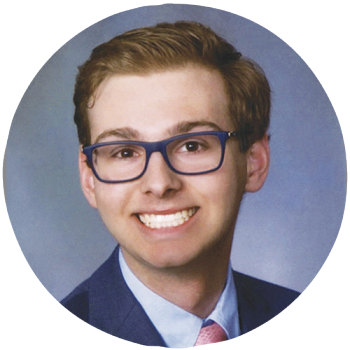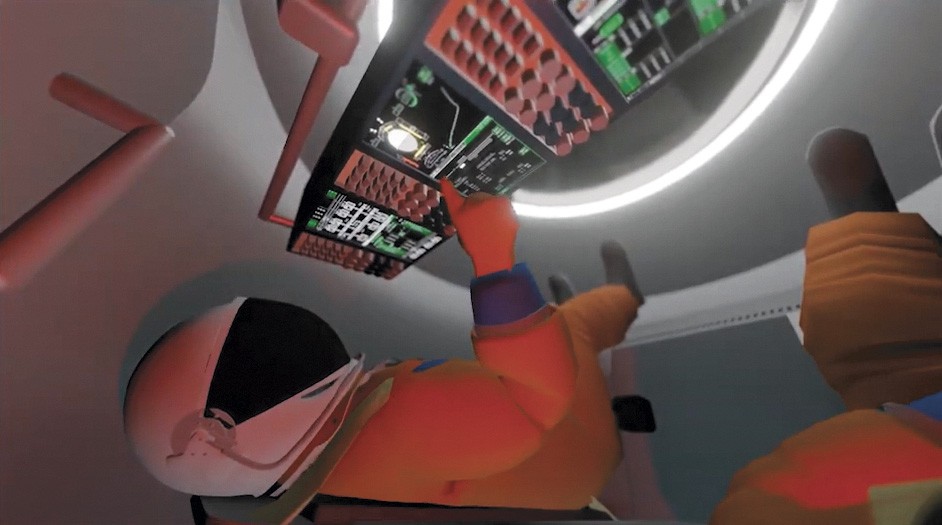
Electrical engineer led a team of 21 undergraduates in developing a deep space mission concept that went far in a nationwide NASA competition

The mission: to design a vehicle that could safely transport two astronauts from the surface of Mars into orbit, where it would dock with an Earth Return Vehicle. Nicholas Florio ’20, ’21 MS was up for the challenge; more specifically, NASA’s RASC-AL (Revolutionary Aerospace Systems Concepts – Academic Linkage) competition.
“The whole idea was to design a minimal Mars ascent vehicle—minimizing mass and price while maximizing safety and functionality,” says Nicholas, who is now a systems engineer for Lockheed Martin Space. Advised by Villanova Associate Professor of Mechanical Engineering Sergey Nersesov, PhD, Nicholas recruited and led a team of 21 undergraduate students from Villanova, Drexel and Rutgers to do just that.
Making it all the way to RASC-AL’s final round, the team presented their deep space concepts directly to NASA and aerospace industry leaders in June 2021. Although the team didn’t take home first place, they did have the honor of one of the judges sharing their design—the Jemison Crewed Ascent Vehicle—with its namesake Mae C. Jemison, the first African American female astronaut, who inspired their work.

Inspired by the design of the Orion vehicle's cabin, the inside cabin is outfitted with two recumbent seats for the crew. It features a semi-automated flight control system (similar to a driverless car) with the option for astronauts to take over control if necessary by using the touchscreen or button controls.
Read the next story
The Nonprofit Visionary
An Air Force veteran lifts up those struggling with addiction and homelessness through the nonprofit he founded

